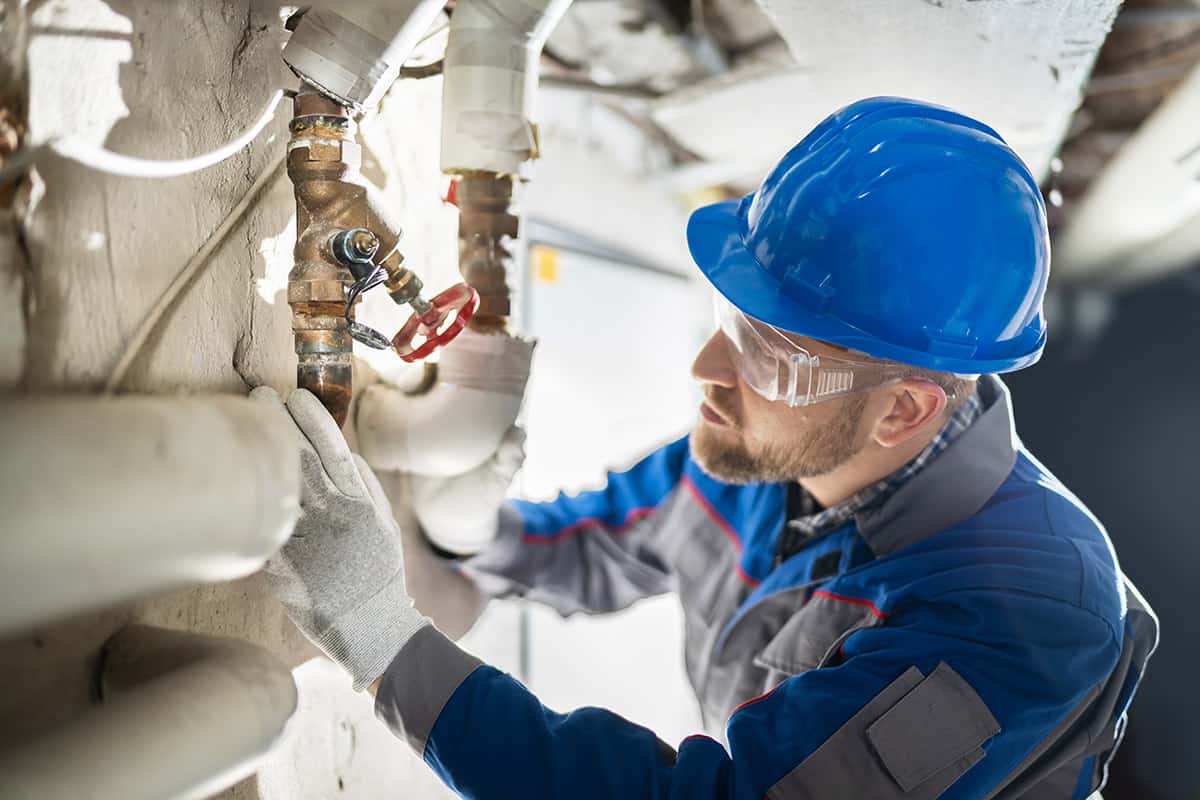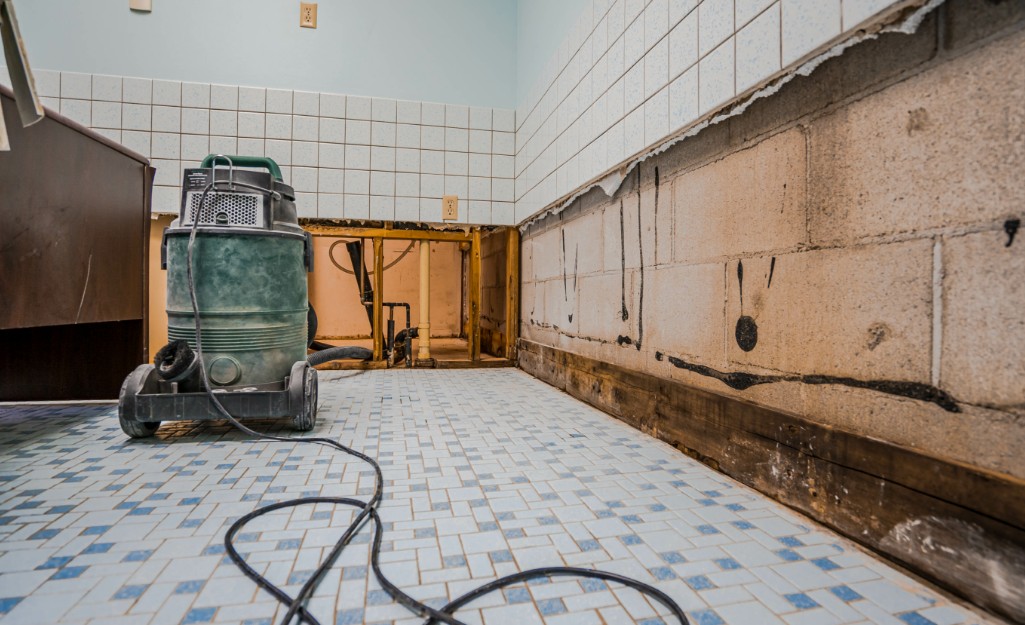Water Damage Restoration 101: Understanding the Process and Price
Water damage can strike suddenly, leaving house owners in a state of confusion. Comprehending the reconstruction procedure is necessary for reliable healing. From assessing the damage to selecting the best provider, each step influences the total result and price. Elements such as the kind of water damage and urgency likewise play a substantial function. What are the details techniques utilized in reconstruction, and how can one prepare for potential costs?
Sorts Of Water Damage

Initial Assessment and Examination

Water Removal Methods
Following the initial evaluation, reliable water removal methods are used to alleviate damage and protect against more concerns. These methods include using specific devices such as industrial-grade vacuums and completely submersible pumps - Water Extraction And Drying. The choice of technique depends on the quantity of water existing and the kind of materials impacted. For standing water, completely submersible pumps are typically utilized for rapid elimination, while vacuum cleaners are perfect for drawing out water from carpetings and upholstery. Furthermore, advanced approaches like water removal floor coverings may be used for hard-to-reach areas - Flood Cleanup Services. The goal is to get rid of as much water as feasible, reducing the possibility for mold development and structural damage. Prompt and effective water removal is important in the overall water damage remediation process
Drying and Dehumidification Process
Once the water removal is complete, the drying and dehumidification process becomes vital to recovering the damaged location. This stage generally uses industrial-grade dehumidifiers and air moving companies to efficiently reduce wetness degrees. The dehumidifiers pull in moist air, getting rid of excess moisture, while air movers distribute air to increase dissipation. Tracking tools is often utilized to track moisture and temperature levels, making certain ideal drying out conditions. The duration of this procedure can differ depending upon the degree of the water damage and ecological aspects. It is important to extensively dry all influenced products, including wall surfaces, floor covering, and home furnishings, to avoid mold development and structural damage. Appropriate implementation of this step is essential for a successful reconstruction result.
Cleaning and Sterilizing Afflicted Locations
Once the drying out procedure is full, a comprehensive initial assessment and assessment of impacted locations is crucial to determine contamination levels. Effective cleansing techniques and appropriate products must after that be employed to get rid of particles and stains. Finally, sanitization and disinfection techniques are necessary to guarantee that hazardous virus are removed, recovering the room to a secure problem
First Evaluation and Inspection
Prior to starting any kind of restoration initiatives, a comprehensive preliminary evaluation and inspection of the impacted areas are crucial more info for reliable cleansing and sanitizing. This procedure involves identifying the degree of water damage, identifying the source of the water invasion, and assessing the products influenced. Assessors normally look for signs of mold and mildew development, structural integrity concerns, and harmed belongings. The assessment also consists of inspecting dampness degrees using specialized tools to assure no surprise water pockets stay, as these can lead to additional issues. Recording the searchings for is essential for intending the next steps in the remediation procedure. A thorough preliminary evaluation makes it possible for restoration experts to create a targeted approach for reliable cleansing and disinfecting, eventually decreasing damage and wellness dangers.
Cleansing Strategies and Products
Efficient cleansing and disinfecting of water-damaged locations need a variety of products and techniques tailored to the specific products impacted. For porous surfaces like drywall and carpeting, extraction methods are important to remove excess moisture, adhered to by deep cleansing with specialized detergents. Non-porous products such as ceramic tile or metal can be cleaned using commercial-grade cleansers that effectively remove impurities. Steam cleaning is an additional reliable technique, particularly for carpets and upholstery, as it utilizes high temperature levels to eliminate germs and mold (Flood Cleanup Services). Additionally, eco-friendly products are significantly preferred for their security and effectiveness - Water Damage Restoration. Inevitably, picking the suitable cleansing approaches and items not only guarantees instant sanitation however also aids in avoiding further damage and carcinogen associated with water breach
Sanitization and Disinfection Techniques
When dealing with water damage, correct sanitization and disinfection techniques are vital to assure the safety and health and wellness of the affected setting. After first cleaning, surfaces need to be treated with appropriate anti-bacterials to eliminate virus, mold, and bacteria that grow in moist conditions. Common techniques consist of using EPA-approved chemical anti-bacterials, which can be applied via splashing or wiping techniques. Furthermore, ultraviolet (UV) light systems can properly disinfect locations by reducing the effects of bacteria without severe chemicals. The selection of method often relies on the kind of products affected and the degree of contamination. Ultimately, extensive sanitization not just restores a safe home but also helps prevent future health risks associated with lingering dampness and mold and mildew development.

Repairs and Restoration Options
Evaluating the damage brought on by water direct exposure is vital for identifying the proper fixings and restoration options. House owners might face various issues, including harmed drywall, distorted flooring, and endangered architectural components. Depending upon the degree of the damage, repair work may involve changing areas of drywall, setting up new floor covering, or strengthening structural beam of lights. In situations of extreme damage, full substitute of affected products could be required. Additionally, expert conservators typically advise making use of wetness meters to examine covert dampness levels prior to selecting the very best training course of action. It is vital to act immediately to stop mold and mildew growth and more degeneration. Choosing the ideal choices not only recovers the home but additionally ensures long-lasting security and functionality.
Variables Influencing Restoration Expenses

The extent of water damage directly impacts the reconstruction costs property owners can anticipate to incur. Elements such as the source of the water, the duration of direct exposure, and the affected materials greatly affect rates. Tidy water damage from a busted pipeline is typically much less costly to bring back contrasted to damage created by sewer. In addition, the level of contamination determines the need for specialized cleansing and disposal solutions, further boosting expenditures. Geographic place likewise plays a role, as regional labor rates and availability of restoration services can differ. Finally, the seriousness of the reaction affects prices; quicker interventions commonly lead to lower overall costs by stopping further damage. Understanding these elements is important for house owners when estimating remediation costs.
The 3 key kinds of water damage are classified based on contamination degrees: clean water, gray water, and black water. A complete preliminary assessment and inspection are essential actions in the water damage reconstruction process. For standing water, completely submersible pumps are typically made use of for fast removal, while vacuum cleaners are suitable for drawing out water from carpets and furniture. The degree of water damage directly influences the repair costs home owners can anticipate to incur. Clean water damage from a damaged pipeline is normally less expensive to restore contrasted to damage triggered by sewage.